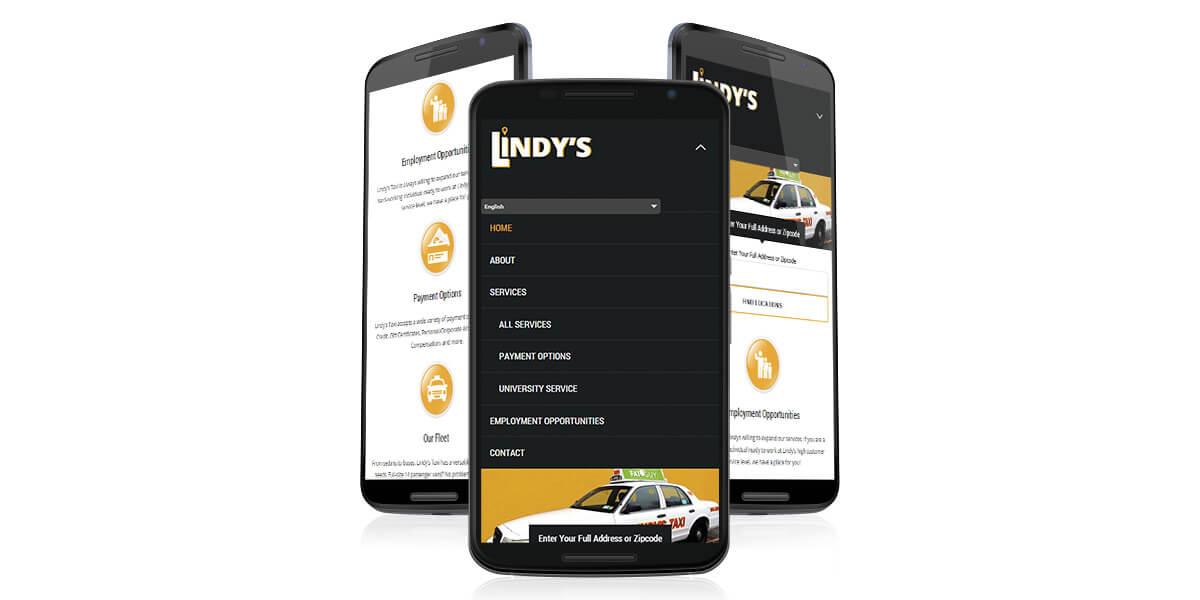by: Ron
Many website owners are convinced that web metrics or “analytics” are super complicated. Yet understanding what all these numbers really mean, and implementing changes based on the valuable information they reveal, can lead to significant improvements in your bottom line.
Let’s face it: if you (or your company) are putting time and effort into managing a website, you surely want it to generate revenue. Once you understand how to utilize metrics correctly, you’ll be able to find your website’s strengths and weaknesses, leverage those strengths and improve any weaknesses. All of this helps to increase traffic and conversions, generally upping the income from your website. Google Analytics is the best-known of all the web metrics software. It’s free, enormously useful, and requires installation onto all pages of your site. You can either install it yourself, or you can contact most any web design agency to help you out.
In this article, we will explain the most common terms and explore which web metric parameters to pay most attention to.
Website Traffic
Who visits your website? How did they find your website? How many repeat visitors do you have? Generally, there are four ways in which a person navigates to your website:

- Organic search These visitors found your website through a basic search on a search engine such as Google.
- Referral This traffic comes from a link on a different website, such as from an advertisement, guest blog, or any reference made to your site from another.
- Direct Theseare usually repeat visitors who type your domain directly into a browser, navigating directly to your website. Or, it could also be a visit from someone who simply saw your ad in traditional media, remembered your brand, wanted to find out more about your products or services, and typed your URL straight into their browser.
- Social Here, traffic gets directed from social media sites, such as Facebook, Instagram, twitter or LinkedIn.
Knowing where your website traffic is coming from can help you optimize your marketing strategy. Let’s take a hypothetical case: Let’s say that 10% of your traffic comes from organic searches, 20% from referrals, 40% is direct and 30% comes from social media. Since only 10% of your traffic is coming from search engines (organic), your SEO strategy needs improvement. Your offline or traditional media marketing seems to be working wonders, since most of your traffic is direct. Simple, yes?
Next, you should know how many “new” and “repeat” visitors you have. Repeat visitors are generally loyal customers / subscribers / readers (depending on the nature of your website). Ideally, you want to build a loyal client base that grows alongside new visitors, since this usually results in steadier traffic with increased sales revenue. In the case of a retail site, repeat visitors probably purchase more goods, while a blog or informational site generally relies on traffic and subscribers in order to generate advertising revenue.
“New” visitors is the most obvious metric, indicating the number of people finding your website for the first time. Paying attention to this metric helps you track the success of a specific marketing strategy – if there’s a spike in new visitors after a particular campaign effort, you know it was successful in getting traffic to your site. Now, that traffic must translate to conversions.
Conversions
Ideally, you want each visit to your site to translate into an action. This action would again depend on the type of site you have: purchases, subscriptions, downloads, sharing on social media … you get the idea. A conversion is whatever you want it to be. It’s the fundamental objective of your hard work.
Conversion rates might differ between first time and repeat visitors. How do first-time visitors interact with your website? What do they experience? Reliable Web metrics enable you to see conversion rates for each group of visitors – if it’s low for first-timers, you’ll know to change your approach to new visitors.
Here, you can dig deeper into conversion rates on a page-by-page basis. Which pages (or topics) have the highest conversion rates? Which have the lowest? To optimize the usefulness of this metric, a professional Web design agency can create multiple navigation paths to help determine exactly at which stage your visitors leave your website or act to complete a desired conversion. This will enable you to perform important A-B testing, to help improve results even further.
Website metrics also allow you to analyze conversion rate by traffic source (already discussed in the “website traffic” section). This would indicate the efficacy of your marketing strategy on other websites, social media and in traditional media. Updating your digital marketing approach based on this information will give you a competitive edge if leveraged correctly.
Bounce Rate
Bounce rate refers to the percentage of visitors who leave your website as soon as they land on it. Obviously, a high bounce rate isn’t good for business. If you discover that people get to your site after searching unrelated keywords, you should review your content, and work on your “keywords” to ensure that the traffic you receive is “relevant traffic,” the only kind of traffic you want.
Another factor to consider is how user-friendly your website is. If a new visitor has a hard time navigating your site or if the aesthetics aren’t pleasing, they will probably leave in a hurry. Unfortunately, the bounce rate on its own won’t tell you why people are leaving your site. Here, again, an experienced Web Design agency can point you in the right direction. Once changes are implemented that result in a decreasing bounce rate, both search results and sales will improve.
Interactions per Visit
What do people do on your website? How much time do they spend on your site, which pages do they visit and what do they do on those pages? When you know what each visitor is doing on your site and which pages are viewed most, you can find a way to increase their interactions on your site and lead these to conversions. This is more than just getting someone to spend more time on your site – conversions are the ticket.
Experimenting with different content and layout should quickly show you which approach works in attracting more interactions and conversions.
Keep an eye on entrance and exit pages – where do visitors land on your website (not always the home page!) and what inspires them to leave? Again, this will vary depending on the type of site. On retail sites, visitors usually exit when a purchasing transaction is complete, which is logical. Blog sites are different and don’t always have a logical exit page.
Is it easy to navigate your website to get back to the home page from whatever page a visitor landed on? Visitors will generally leave if they find a website confusing or difficult to navigate.
Once you understand what keeps visitors on your site and what keeps them interested – or makes them leave — you can test various approaches to see what works best to increase interactions and conversions.
Top Keywords
How do your visitors find you? Which keywords (or “search terms”) do people use to bring them to your site? Are you getting traffic from the “key” words you feel are most related to your site? If not, your SEO strategy may need a thorough review — or even a complete overhaul. A professional SEO agency can determine where your preferred search terms are appearing in Google’s search results pages, and can help build a strategy to make your website more visible. The higher up your site appears in searches for important keywords, the more visitors you will receive at your site.
Top Internal Search Keywords
Unlike SEO, this one refers to the keywords that people enter to search something within your site. From these keywords, you can determine what people expect to find on your website. If the search terms entered are relevant to the content you currently have, things are working well. If not, your marketing or SEO strategy might be misleading or confusing. Alternatively, this might even present an opportunity. By revealing that visitors are seeking certain products or services you don’t currently offer, you might want to consider offering those very services!
Value per Visit
Defined as the total value generated on a site divided by the total number of visitors, this one is sometimes difficult to measure. On a retail site, value is easier to measure, since a customer will purchase something for a finite amount. Blog sites don’t necessarily have a specific value per interaction but, in the end, the website owner does have a measurable income from the site, so the value per visit can be calculated with this information.
Understanding the value of each visit enables you to compare these numbers to marketing costs. But, you’ll first have to spend time with your analytics program to let it know how to determine any value, since only you know your actual financials. Logically, if your marketing campaign costs more than the value brought in by the resulting traffic, something’s not quite right. This tool would help you fine tune costs and conversions in order to make a profit from your website.
Final Word
Web metrics provide powerful information that, when applied intelligently, can help bring your site to a higher place. As with any form of data science, the more you understand, the more proactively you stay on course, the more successful your results. You can learn more by searching and exploring many resources on the web, or you can get help from the professionals featured here on WebBuilderZone.com.













